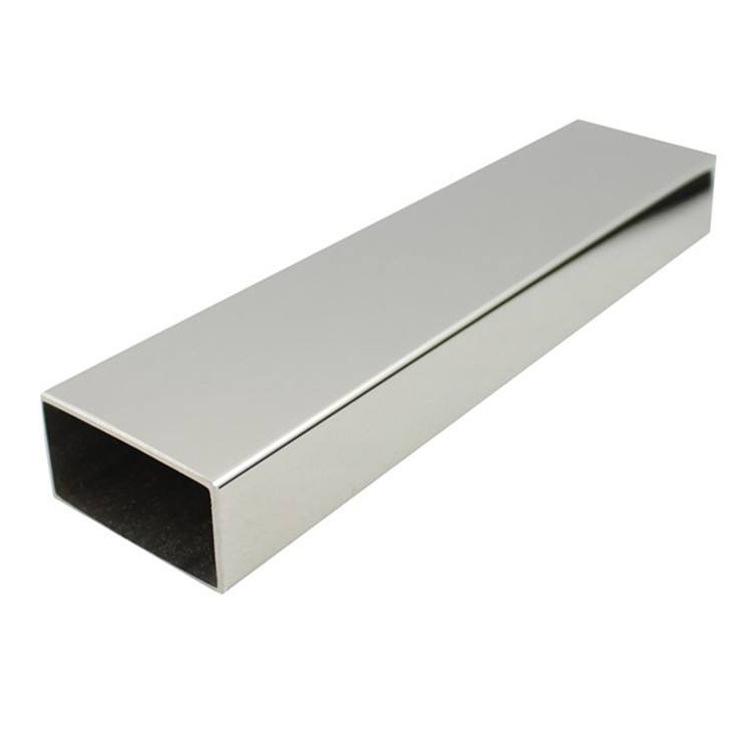Stainless-steel is a prominent product utilized in different markets, from vehicle to building and construction, due to its exceptional toughness, resistance to rust and also staining, and also very easy maintenance. Stainless-steel bars, in particular, are widely made use of in applications that call for toughness, flexibility, and high performance.
In this short article, we will certainly take a more detailed check out the five most typical kinds of stainless steel bars: 303, 304, 316, 416, and also 17Cr4Ni. We will certainly review their homes, applications, and benefits, to help you make an informed decision when selecting the right stainless-steel bar for your task.
303 Stainless-steel Bar
303 stainless steel is a free-machining, austenitic stainless-steel that offers outstanding deterioration resistance and machinability. It consists of sulfur, which improves its machinability but minimizes its deterioration resistance. 303 stainless steel bars are commonly utilized in applications that call for high machinability, such as nuts, screws, as well as equipments.
304 Stainless-steel Bar
304 stainless steel is the most widely made use of stainless-steel quality, many thanks to its exceptional deterioration resistance, high durability, as well as versatility. It is an austenitic stainless-steel that contains chromium and nickel, which provide its exceptional properties. 304 stainless steel bars are used in various applications, consisting of food processing equipment, architectural style, as well as chemical handling equipment.
316 Stainless-steel Bar
316 stainless-steel is an austenitic stainless-steel that contains molybdenum, which improves its rust resistance and strength. It is widely made use of in applications that need high resistance to pitting, crevice deterioration, and chloride ion stress and anxiety corrosion fracturing, such as marine and coastal applications, chemical handling tools, and also medical devices.
416 Stainless-steel Bar
416 stainless-steel is a martensitic stainless steel that contains sulfur, which boosts its machinability but minimizes its corrosion resistance. It is usually used in applications that call for high machinability and modest rust resistance, such as valves, shafts, as well as bolts.
17Cr4Ni Stainless-steel Bar
17Cr4Ni stainless-steel is a martensitic stainless steel which contains chromium and also nickel, which give its exceptional corrosion resistance and also stamina. It is usually utilized in applications that call for high toughness and also durability, such as gears, shafts, and axles.
| Grade | Chemical Composition | Tensile Strength (MPa) | Yield Strength (MPa) | Elongation (%) | Applications |
|---|---|---|---|---|---|
| 303 | Cr 17-19%, Ni 8-10%, S 0.15% min | 620 | 260 | 35 | Automatic screw machines, bolts, nuts, gears |
| 304 | Cr 18-20%, Ni 8-10.5% | 515 | 205 | 40 | Food processing equipment, kitchen equipment, chemical containers |
| 316 | Cr 16-18%, Ni 10-14%, Mo 2-3% | 515 | 205 | 40 | Chemical processing equipment, medical implants, marine equipment |
| 416 | Cr 12-14%, S 0.15% min | 600 | 415 | 20 | Bolts, nuts, screws, shafts |
| 17Cr4Ni | Cr 16-18%, Ni 3.5-4.5%, Mo 0.6% | 785 | 585 | 12 | Gear shafts, axles, turbine blades |
Final thought
To conclude, stainless steel bars are a necessary product made use of in numerous industries as a result of their exceptional residential properties, including corrosion resistance, longevity, and also strength. Selecting the ideal stainless steel bar for your task calls for taking into consideration various factors, such as application, environment, as well as required homes.












